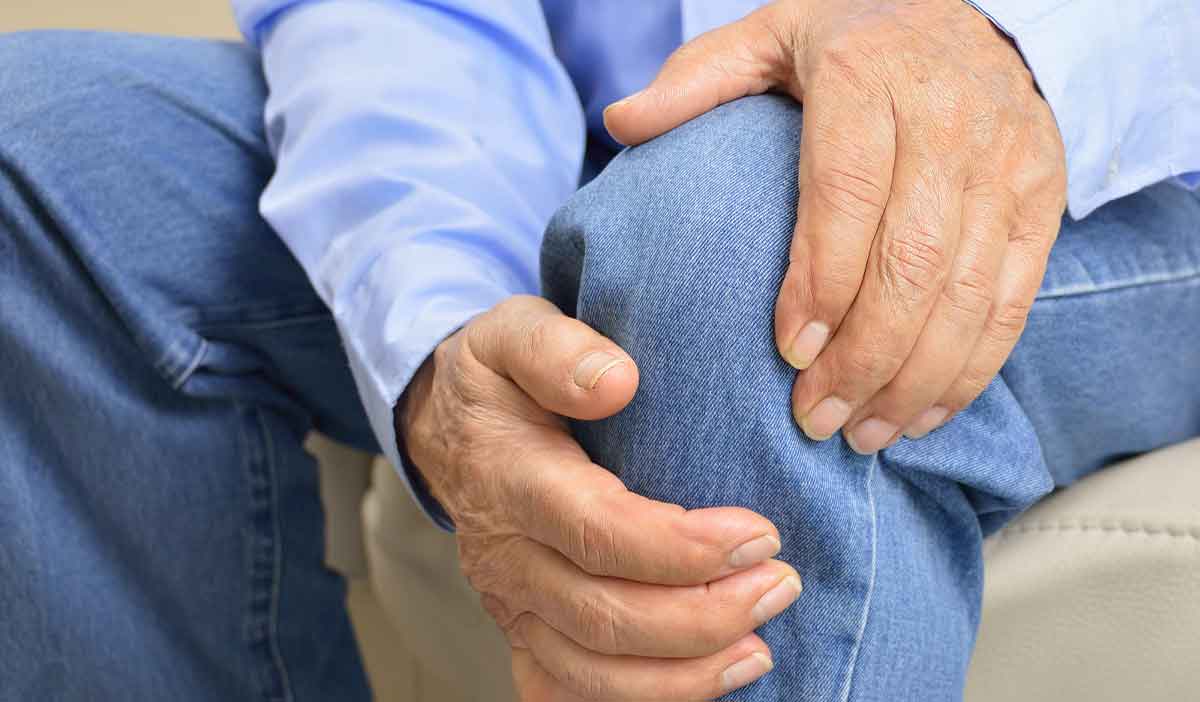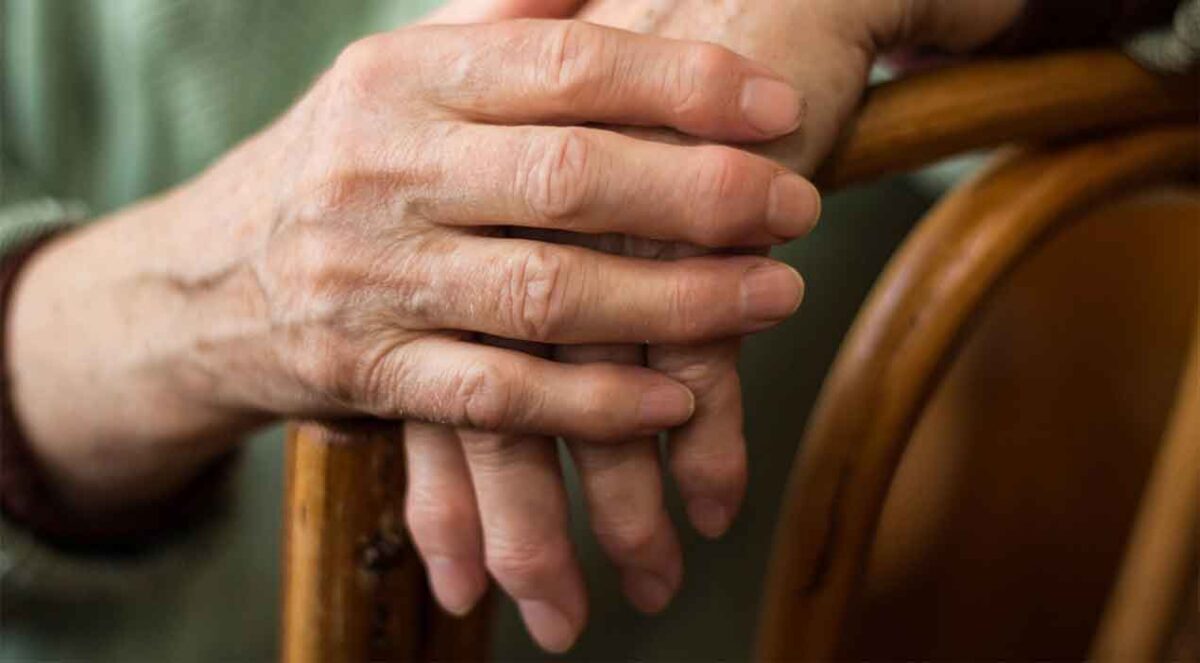This article is part of the Essential Guide to Hip Pain Relief.
Arthritis is a disease that takes many forms but all of them cause pain and discomfort in joints such as your wrists, fingers, knees and hips. It is often though that little can be done for arthritis…that is just a symptom of growing older. However, there are many treatment options for arthritis and arthritis can happen at any age.

There are hundreds of types of Tishri. The most common types fall into two categories: osteoarthritis (OA) and rheumatoid arthritis (RA).
What is osteoarthritis?
Osteoarthrisits (OA) is the wearing down of structures in the joint that leads to pain and stiffness. It can affect any joint but is most common in knees, hips, spine, and hands. OA is a degenerative disease, which means it gradually get worse over time. As a result, OA is more common in adults over 50 years of age. OA can also affect people differently. Some may have mild symptoms with little progression, while others may have symptoms that significantly worsen over time, affecting mobility and quality of life.
Common symptoms of OA include:
- Increased pain and stiffness in the joint, especially when the joint is used or stressed (pain may subside while resting). For example, knee pain may occur when climbing or going downstairs. Hip pain may occur when moving or bending.
- Gradual loss of range of motion in the affected joint
- Joint instability, which may give the feeling of the joint giving out
- Grating or creaking sound when moving the joint
- Deformed or misshapen joints with or without visible nodes – small lumps- on the bones
- Swelling – joint may appear red or inflamed
- Pain may be specific to activity and the joint affected.
- Learn more about osteoarthritis.
What is rheumatoid arthritis?
Rheumatoid arthritis (RA) is a common inflammatory disease that affects connective tissue throughout the body – most often in the joints. Similar to OA and most forms of arthritis, RA symptoms and severity can vary significantly between people. Some may have mild symptoms over a short period of time and some may have more sever forms that last many years. People with RA may also experience times of remission with no symptoms and then flare ups where symptoms are more severe.
RA is quite different from OA in that it is an autoimmune disorder. With an autoimmune disorder, the immune system mistakenly identifies healthy body tissue as foreign tissue and attacks it. In RA, the joint tissue is attacked. This attack causes irritation, swelling and a thickening of the fluid in the joint which causes the hallmark redness, swelling, and stiffness of the joints. Over time, this constant inflammation wears away disorders like RA is not known, but its inflammation can affect many areas of the body.
Key symptoms of RA include:
- Increased pain and stiffness in the morning and after inactivity – common in multiple joints
- Morning stiffness and pain that usually lasts 30-60 minutes
- Red, swollen, warm joints
- Deformed, misshapen joints
- Intense fatigue
- Muscle aches
- Problems sleeping
- Decreased appetite
- Lear more about rheumatoid arthritis.

Make healthy choices to reduce arthritis discomfort
Oh, how your life affects so many aspects of your health – including arthritis! While arthritis is a chronic disease, you can make some lifestyle choices that may help reduce your discomfort. First, focus on a healthy weight. Joint that are already strained from bearing excess weight are more likely to become worn and develop arthritis. The next tips are ones that are good for your overall health and have been show to help reduce arthritis pain and stiffness:
- Exercise
- Eat low-fat, low calorie foods and plenty of fruits and vegetables
- Look for foods with Vitamin C which can help reduce inflammation
- Avoid alcohol
- Reduce stress
Once you have arthritis, you may find that some everyday activities are difficult to do. There are many aids and devices available that can help make your life easier, particularly if you have arthritis in your fingers, hands or wrists. Buy clothes and shoes with Velcro. Install door handles instead of doorknobs and buy “grabbers’ – long tools with a pincher on one end that you can use to pick up hard to reach items.
When it’s time to see the doctor
Over the course of time, any type of arthritis can cause irreversible damage to cartilage and bone and weaken nearby tendons, which can lead to disability. The earlier arthritis is detected and treated, the better it can be controlled and damage can be minimized. Early diagnosis and treatment can save more than joints. Some types of arthritis can cause internal damage to the heart and other organ from the start. Prompt treatment can protect your overall health.
According to the Arthritis Foundation, if you are experiencing the following you should talk to your doctor about arthritis:
- Pain, swelling, or stiffness in one or more joints
- Joints that are red or warm to the touch
- Joint tenderness or stiffness
- Difficulty moving a joint or doing daily activities
- Joint symptoms that cause you concern
- Joint symptoms that last three days or more
- Several episodes of joint symptoms within a month
Early detection for better quality of life
As with many diseased, early detection gives you and your doctor more options for treatments. That’s just one of the reasons it’s so important to establish a relationship with a primary care physician and have annual physicals. The Family Medicine providers at Logansport Memorial Hospital are your first line of defense against arthritis or other common diseases.
Schedule an appointment today.




